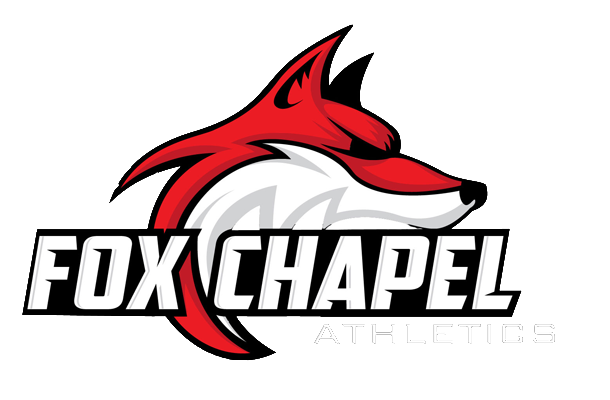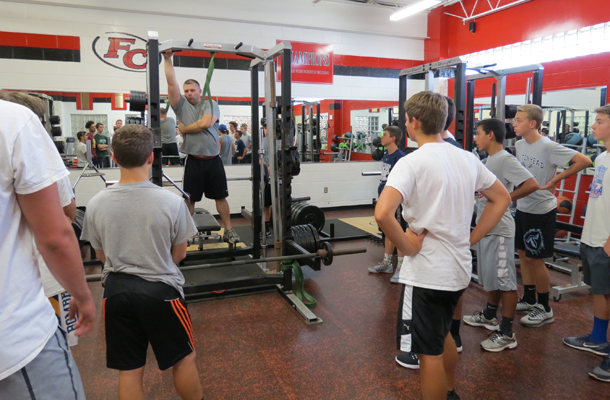By Strength and Conditioning Coach Tim Schilcher
I’ve seen this happen so many times: an athlete jumps in during the first phase of workouts only to complain, “This is too easy,” and quits thinking it won’t help him or her get stronger or faster.
Or, there are the athletes who finally join the workouts in the later phases (there are five phases), and say, “It’s too hard,” and don’t come back.
I understand that some athletes work or play on travel teams, or both parents work and getting to workouts is difficult. We are addressing this issue and trying to make schedule adjustments as necessary.
What I most want athletes, coaches, and parents to understand is that the OPT training program is a process, not a quick fix. Each of the five phases has a purpose and is scientifically designed to gradually develop the body in a safe and effective manner. Athletes cannot join the bandwagon late, or give up early if they want to get the maximum benefits they desire! It just doesn’t work that way. After years of research, this method of training has been recommended and supported by the National Academy of Sports Training as an efficient, effective, and safe way to meet athletes’ needs and goals.
In a perfect world, all athletes should start training for their sports five months prior to their first game in order for the injury prevent exercises to take hold. Tendons and ligaments have a low blood supply and take a lot longer to get stronger than muscles and bones. Therefore, you can’t effectively decrease the chance of injuries or get in shape working out only two-to-three months before their first game.
Optimal Performance Training
Incorporating multiple phases and types of training – flexibility, cardio, respiratory, core, balance, reactive, speed agility, quickness and strength – into every program improves all biomotor abilities and builds high levels of functional strength, neuromuscular efficiency, and dynamic flexibility. I’ve explained the five phases of OPT training below.
Phase 1: Stabilization Endurance Training
This phase of training should be used for beginner level athletes who may possess muscle imbalances and lack postural control and stability. This phase is crucial for all individuals no matter what their goals may be, as it prepares them for the higher demands of the next four phases of training. Although at this point in the process advanced athletes may find is relatively easy, it will allow for proper recovery and maintenance of high levels of stability that will ensure optimal strength and/or power adaptations. This phase of training focuses on:
- Increasing stability
- Muscular endurance
- Improving flexibility
- Increasing neuromuscular efficiency of the core
- Improving intermuscular and intramuscular coordination
Phase 2: Strength Endurance Training
This phase of training is a hybrid form of training in which high amounts of volume are utilized. The goals are to:
- Increase stability
- Increase endurance
- Increased hypertrophy
- Increase strength
Phases 3 and 4 are optional depending upon the sport. For example, runners don’t require maximum muscle mass in order to perform at a high level.
Phase 3: Hypertrophy Training
Hypertrophy training is specific for maximizing muscle growth and focuses on high levels of volume with minimal rest periods.
Phase 4: Maximal Strength Training
In this phase, the focus is on increasing the load placed upon the tissues of the body. Maximal strength training also has been shown to help increase the benefits of power training used in Phase 5. Improvements come from:
- Recruitment of more motor units
- Rate of force production
- Motor unit synchronization
Phase 5: Power Training
Power training focuses on both high force and velocity to increase power. This is accomplished by super-setting a strength exercise for five reps with 10 reps of an explosive exercise for each body part.

